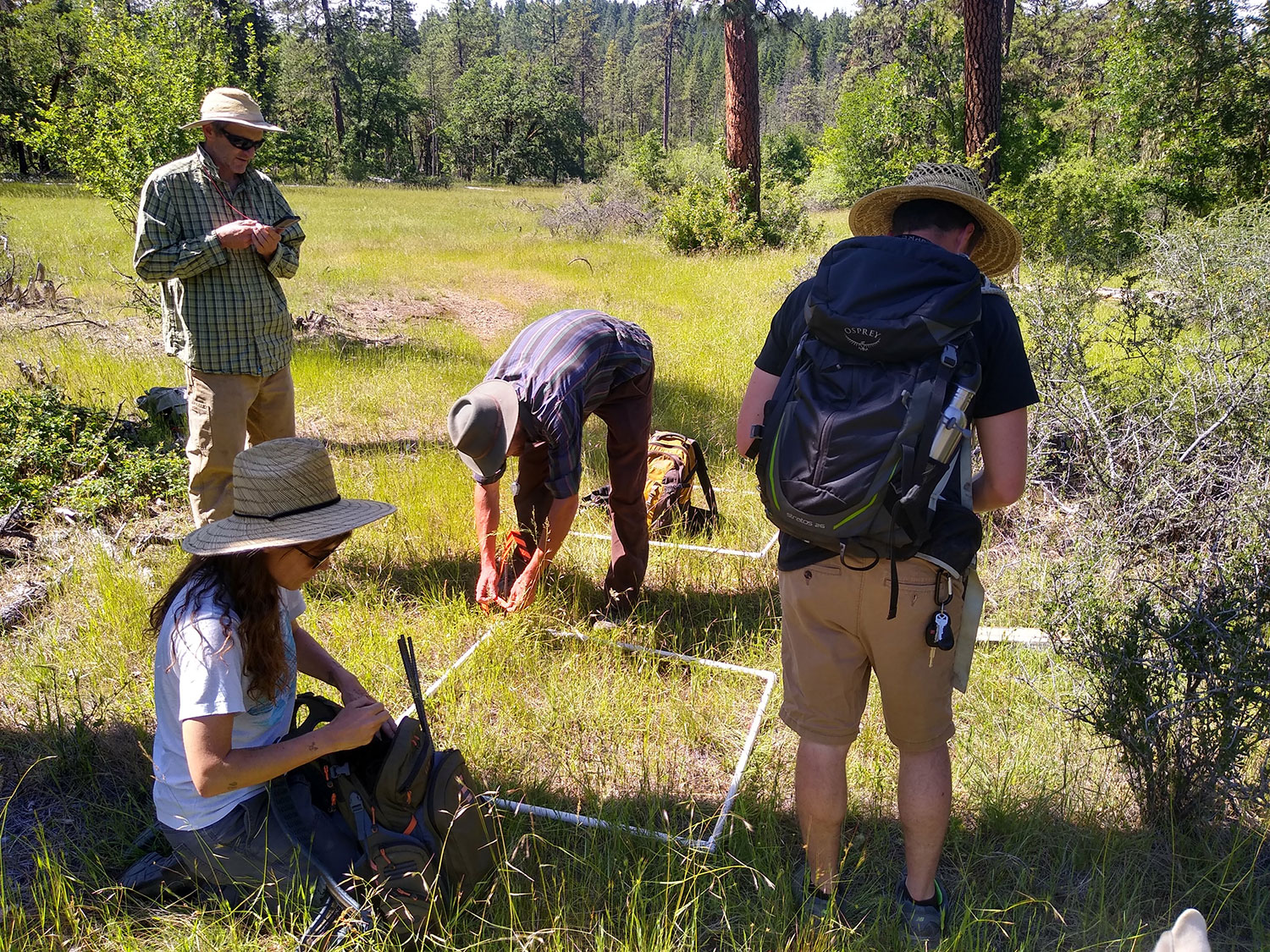Strategic Planning
KSON’s Strategic Action Plan (SAP) 2020
Oak woodland fall. Photo credit: Jaime Stephens

KSON’s Strategic Action Plan (SAP), completed in 2020, serves as a road map for achieving continued and accelerated oak woodland conservation across the Bioregion for the benefit of all native species associated with deciduous oak (e.g., Oregon White Oak and California Black Oak) ecosystems within the KSON Geography. The companion summary introduces the KSON SAP and describes and summarizes the major components of the plan, identifying how the plan can be used to implement oak woodland conservation strategies in an adaptive management framework.
The SAP outlines specific conservation foci to guide conservation action over the short (6-year), medium (12-year), and long (30-year) term. The plan focuses on four oak targets – Oak Savanna, Oak Chaparral, Oak Woodland, and Oak Conifer.
The SAP identifies and ranks threats to oak ecosystem targets and numerous strategies to address those threats. Results chains in the plan provide a visualization for how those strategies work to reduce threats and change the status of the targets to achieve both near and long-term goals.
Adaptive Management
Key ecological attributes (KEAs) are used to describe the current and desired conditions of each of the four targets. Each KEA has indicators used to measure target conditions. Using the KEAs and the indicators, we assessed the current conditions and described the desired future condition for each target. Restoration efforts implemented over the next 6 to 30 years will result in landscape-level outcomes for our oak targets.


Monitoring
The results of our assessment can be applied in an adaptive management framework. Using geospatial and site monitoring of KEA indicators, we will assess progress toward the desired future conditions of each oak ecosystem target in our region.
Example Application:
Using the SAP to identify priority areas
Using the top-ranked strategies and threats identified in the plan, as well as the maps provided in the SAP, KSON partners applied the following process to identify priority geography for a Conservation Implementation Strategy: Increase restoration of target habitats.
Following our successful model for oak restoration implementation, KSON partners contribute diverse expertise to all phases of restoration planning, implementation, and monitoring.